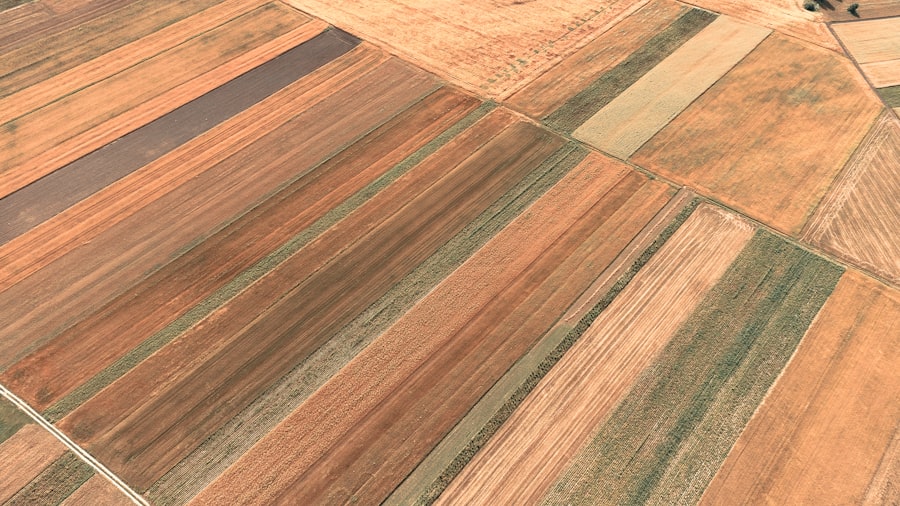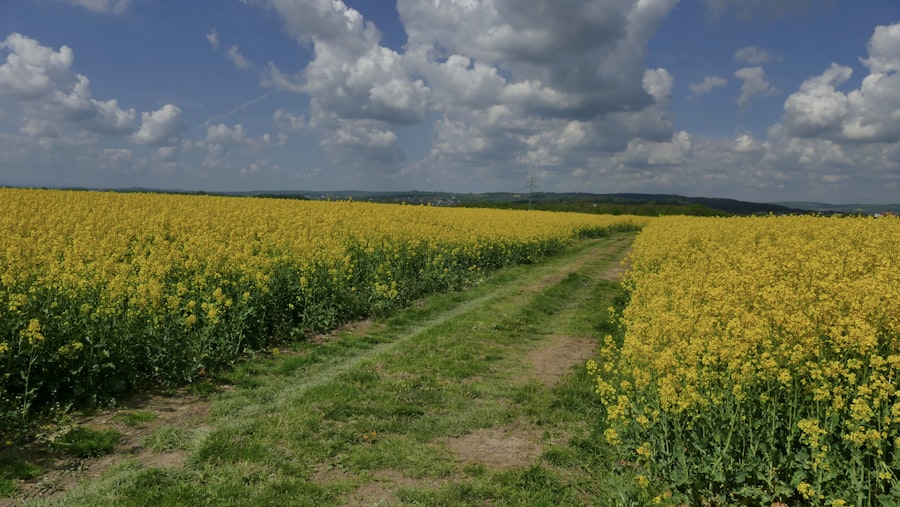The dawn of human civilization marked a pivotal transition in the way societies interacted with their environment. Early societies, emerging from hunter-gatherer groups, began to establish more permanent settlements, leading to a profound shift in resource utilization. This transition was not merely a change in lifestyle; it represented a fundamental rethinking of how humans could harness the natural world to meet their needs.
The development of agriculture, the domestication of animals, and the establishment of trade networks were all critical components of this transformation. As these societies evolved, so too did their methods of resource extraction and management, laying the groundwork for future civilizations. In these formative years, the relationship between early humans and their environment was characterized by both dependence and adaptation.
Early societies relied heavily on the resources available in their immediate surroundings, from flora and fauna to water sources and minerals. The ability to manipulate these resources effectively was crucial for survival, influencing social structures, economic systems, and cultural practices. As populations grew and communities became more complex, the demand for resources intensified, prompting innovative approaches to resource management that would shape the trajectory of human development.
Key Takeaways
- Early societies relied heavily on natural resources for survival and development.
- The impact of early societies on the environment was significant, leading to deforestation, soil erosion, and extinction of certain species.
- Resource management in early societies involved practices such as hunting and gathering, as well as the development of early agricultural techniques.
- Technological advancements in early societies, such as the invention of tools and irrigation systems, greatly influenced resource use and management.
- Agriculture played a crucial role in early societies, providing a stable food supply and allowing for the development of more complex social structures. These early societies provide valuable lessons for modern resource management, including the importance of sustainable practices and the need to consider the long-term impact on the environment.
The Impact of Early Societies on the Environment
Land Use and Agriculture
In regions such as Mesopotamia, the expansion of agriculture led to the transformation of fertile land into arable fields, but it also resulted in soil degradation and salinization over time. This duality of progress and consequence highlights the complex relationship between early societies and their environments.
Trade and the Spread of Ideas
Moreover, the establishment of trade routes facilitated not only the exchange of goods but also the spread of ideas and technologies that further impacted environmental conditions. For instance, as agricultural techniques spread from one region to another, so too did the associated environmental changes. The introduction of new crops often required alterations in land use and water management practices, which could lead to ecological imbalances.
Urbanization and Pollution
The rise of urban centers also contributed to increased pollution and waste generation, as larger populations concentrated in specific areas placed greater strain on local resources. These early environmental impacts set precedents that would resonate throughout history, influencing how subsequent societies approached resource use.
Resource Management in Early Societies

Resource management in early societies was often dictated by necessity and shaped by cultural practices. Many communities developed sophisticated systems for managing their resources sustainably, driven by an understanding of their environment’s limits. For example, Indigenous peoples in North America practiced rotational hunting and gathering techniques that allowed ecosystems to regenerate while ensuring a steady supply of food.
These practices reflect a deep-rooted knowledge of ecological balance that was integral to their survival. In contrast, some early societies faced challenges due to mismanagement or overexploitation of resources.
The collapse of the Maya civilization serves as a cautionary tale; evidence suggests that deforestation and soil depletion contributed significantly to their decline. As populations grew and agricultural demands increased, the once-thriving cities struggled to sustain themselves, leading to social unrest and eventual abandonment. This historical example underscores the importance of sustainable resource management practices and highlights how early societies navigated the delicate balance between growth and environmental stewardship.
Technological Advancements and Resource Use
Technological advancements played a crucial role in shaping how early societies utilized their resources. Innovations such as the plow revolutionized agriculture by increasing efficiency and enabling the cultivation of larger areas of land. The development of irrigation systems allowed for more reliable water supply, transforming arid regions into productive agricultural zones.
These technologies not only enhanced food production but also facilitated population growth and urbanization, leading to more complex societal structures. Moreover, advancements in metallurgy significantly impacted resource extraction and utilization. The transition from stone tools to metal implements enabled more effective harvesting of natural resources, including minerals and timber.
Societies that mastered metallurgy could create stronger tools and weapons, which in turn influenced trade dynamics and power structures. For instance, the Hittites were known for their advanced ironworking techniques, which provided them with a military advantage over neighboring cultures.
The Role of Agriculture in Early Societies
Agriculture emerged as a cornerstone of early societies, fundamentally altering human existence by providing a stable food supply. The domestication of plants and animals allowed communities to settle in one place, fostering population growth and the development of complex social structures. In regions like the Fertile Crescent, early agricultural practices led to surplus food production, which enabled specialization of labor.
Artisans, traders, and leaders emerged as distinct roles within society, contributing to cultural advancements such as art, writing, and governance. However, agriculture also brought challenges that required innovative solutions. The reliance on a limited number of crops made societies vulnerable to famine if those crops failed due to disease or adverse weather conditions.
Early agriculturalists learned to diversify their crops and develop storage techniques to mitigate these risks. Additionally, as agricultural practices spread across different regions, they adapted to local conditions, leading to a rich tapestry of agricultural traditions that reflected diverse environmental contexts. This adaptability was crucial for the survival and resilience of early societies as they navigated the complexities of resource management.
Lessons from Early Societies for Modern Resource Management

The experiences of early societies offer valuable lessons for contemporary resource management practices. One key takeaway is the importance of sustainability; many ancient cultures understood that overexploitation could lead to ecological collapse. Modern society faces similar challenges with climate change, deforestation, and biodiversity loss.
By studying how early civilizations managed their resources—both successfully and unsuccessfully—modern policymakers can glean insights into creating sustainable practices that honor ecological limits. Furthermore, the adaptability demonstrated by early societies serves as a reminder of the need for flexibility in resource management strategies today. As global conditions change due to technological advancements and environmental shifts, it is essential for modern societies to remain responsive and innovative in their approaches to resource use.
Emphasizing local knowledge and traditional practices can complement scientific advancements in creating holistic solutions that respect both human needs and environmental health. In conclusion, early societies provide a rich historical context for understanding resource use and management. Their successes and failures illuminate pathways toward sustainable practices that can inform contemporary approaches to environmental stewardship.
By learning from the past, modern societies can strive for a balanced relationship with nature that ensures both human prosperity and ecological integrity for future generations.
In a related article, “Career Opportunities in UPSC India,” readers can explore the various career paths available in the Union Public Service Commission in India. This article delves into the different roles and responsibilities within the UPSC, highlighting the importance of environmental knowledge and resource management in government positions. To learn more about how environmental awareness plays a crucial role in shaping societies and governance, check out this article.
FAQs
What is the relationship between early societies and the environment?
Early societies relied heavily on the environment for resources such as food, water, and shelter. Their survival and development were closely tied to their ability to effectively use and manage natural resources.
How did early societies use natural resources?
Early societies used natural resources for hunting, gathering, agriculture, and construction. They also utilized resources for trade, tools, and fuel.
What impact did early societies have on the environment?
Early societies had both positive and negative impacts on the environment. They often practiced sustainable resource management, but their activities also led to deforestation, soil erosion, and extinction of certain species.
How did early societies adapt to environmental changes?
Early societies adapted to environmental changes by developing new technologies, changing their resource use patterns, and sometimes migrating to new areas with more favorable conditions.
What can we learn from the resource use of early societies?
Studying the resource use of early societies can provide valuable insights into sustainable resource management, resilience in the face of environmental challenges, and the long-term impacts of human activities on the environment.






















+ There are no comments
Add yours